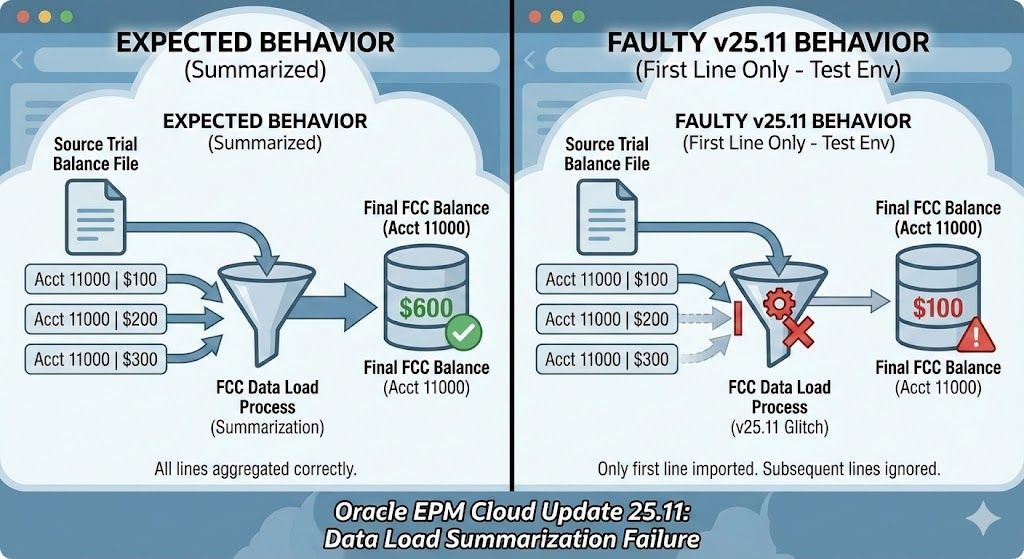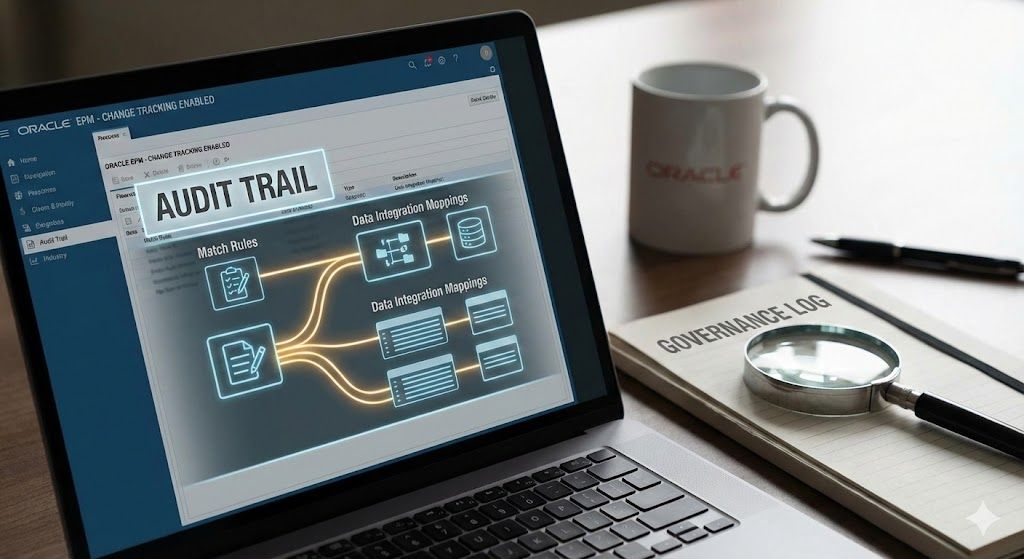Expert Oracle Tax Reporting
Suntem excepțional de bine echipați pentru a vă ghida prin implementarea Oracle TRCS.
Bilanțul nostru dovedit include livrarea unei soluții Oracle TRCS de mare impact pentru o bancă regională din SUA, unde am automatizat calcule complexe de taxe în 15 entități și 18 state.
Excelem la crearea regulilor de automatizare a taxelor pentru a eficientiza reconcilierea contului fiscal, inclusiv utilizarea efectivă a formularelor de plată fiscală curentă.
Experiența noastră asigură un proces de implementare fără probleme și eficient, adaptat nevoilor dumneavoastră specifice și cerințelor de conformitate.
Ce oferim:
Bazându-ne pe experiența noastră vastă, oferim clienților noștri îndrumări de specialitate și asistență practică pentru a implementa și a utiliza în mod strategic Oracle Tax Reporting Cloud Service (TRCS) pentru procese financiare optimizate.
Cu peste două decenii de expertiză profundă atât în IFRS, cât și în US GAAP, ne asigurăm că procesele dvs. de raportare fiscală sunt nu numai pe deplin conforme, ci și atingerea eficienței și acurateței maxime. În plus, cunoștințele noastre specializate în prețurile de transfer operaționale ne permit să integrăm fără probleme strategiile dumneavoastră de prețuri de transfer în soluția dumneavoastră Oracle TRCS.
Serviciile noastre cuprinzătoare includ integrarea perfectă a sistemului, proiectarea personalizată a fluxului de lucru pentru a îndeplini toate cerințele de reglementare, instruire aprofundată pentru echipa dvs. și dezvoltarea de instrumente de raportare perspicace. Abordarea noastră holistică oferă un cadru robust de raportare fiscală, adaptat nevoilor dvs. specifice de afaceri și standardelor internaționale de contabilitate, sporind eficiența, acuratețea și controlul.
Expert în tehnologie fiscală
US GAAP și IFRS
Expertiza jurisdictiei locale
Record dovedit
Cum lucrăm
Oferim clienților noștri Oracle TRCS o suită cuprinzătoare de servicii concepute pentru a optimiza procesele lor de raportare fiscală. Aceasta include:
- Implementare și configurare: gestionăm întregul proces de implementare, adaptând Oracle TRCS la nevoile dvs. specifice de afaceri și asigurând o integrare perfectă cu sistemele existente.
- Automatizarea calculelor fiscale: Expertiza noastră ne permite să automatizăm calculele fiscale complexe în mai multe entități și jurisdicții, reducând semnificativ efortul manual și îmbunătățind acuratețea. Ne valorificăm experiența, cum ar fi automatizarea calculelor în 15 entități și 18 state pentru o bancă regională din SUA.
- Reconciliere simplificată: creăm reguli eficiente de automatizare a impozitelor pentru a eficientiza reconciliările în avans ale conturilor fiscale, inclusiv utilizarea eficientă a formularelor curente de plată fiscală.
- Raportare și analize personalizate: dezvoltăm rapoarte și tablouri de bord personalizate care oferă o vizibilitate clară asupra datelor dvs. fiscale, permițând luarea deciziilor în cunoștință de cauză și o conformitate îmbunătățită.
- Instruire și asistență: Oferim formare cuprinzătoare și asistență continuă echipei dvs., asigurându-ne că sunt competente în utilizarea Oracle TRCS la întregul său potențial.
- Optimizare continuă: Oferim suport continuu și recomandări pentru a ne asigura că implementarea dvs. Oracle TRCS evoluează odată cu nevoile dvs. de afaceri în schimbare și cu cerințele de reglementare.
Scopul nostru este de a împuternici organizația dumneavoastră cu o soluție Oracle TRCS robustă și eficientă, care simplifică raportarea fiscală, reduce riscul și îmbunătățește performanța financiară generală.







